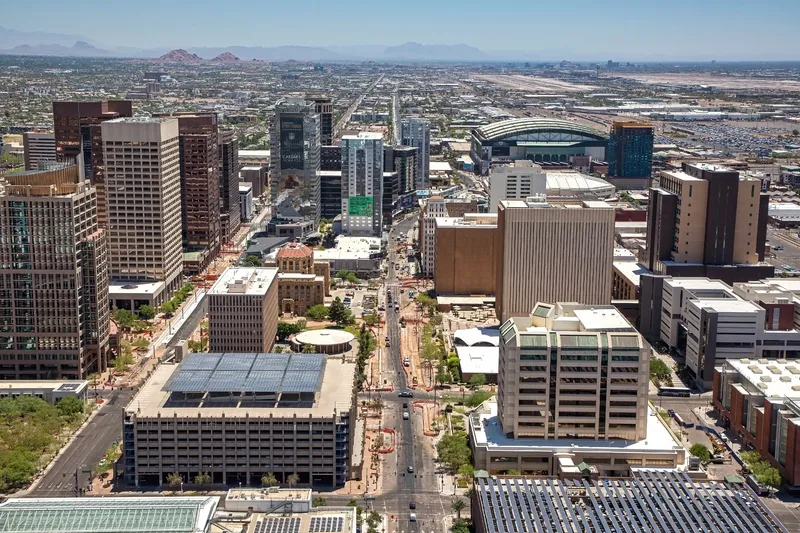Autonomy Mobility World Expo (AMWE) is the world’s largest annual gathering of corporations, companies and startups, international policymakers, institutions and NGOs, focused on sustainable urban mobility solutions welcoming 250+ exhibitors, 400+ speakers, and 7,000+ participants every year in March.

20th March, 2024 - 21st March, 2024
Event Location
Paris, France








